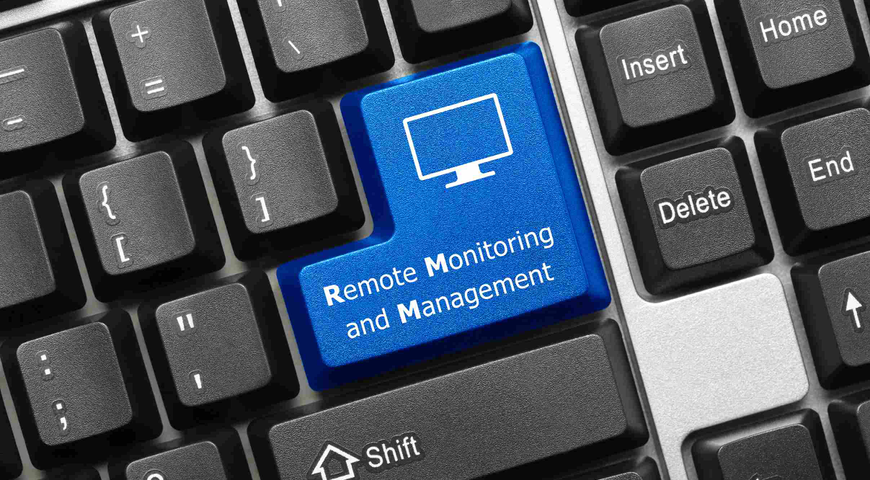Thanks to all the beautiful minds, a revolution in IT happens about once in every decade, leading to a major shift in nearly every area, including backup and recovery. Old and once mighty kings go away and dinosaurs die as they can no longer adapt to new conditions. We’re lucky to live in a time when so many breakthrough changes are happening at once: from explosive growth of Internet bandwidth and storage capacities, to global adoption of mobile devices, virtualization and cloud. In 2013 we will finally start to see huge effects of this mix.
Here are five changes in backup and recovery you’ll see happen this year:
1. Various hypervisors will be mixed and matched: Now that VMware’s products have reached a level of maturity that is causing other hypervisors to keep pace, virtualization has become a commodity for the majority of organizations. This means that replacing some VMware virtual machines with Hyper-V or RHEV should be no different than replacing an LG TV with a Samsung TV. As a result, organizations will have a mix of various hypervisors, which means multi-hypervisor support from management and backup products – including seamless migration – will become a must-have functionality this year.
2. Sync instead of backup for endpoints: People lose their notebooks and gadgets; that’s why they backup valuable data. With more devices per person, not only is there a higher volume of data to lose, but managing files and different versions becomes more complex. Sync solutions, such as Dropbox (consumer) or activEcho (enterprise), synchronize files between devices and cloud storage, and helps resolve complexity. But if you already have multiple copies of your files – what’s the point of backing up? Today, most sync products already support versioning, allowing you to revert a deleted or changed file. In 2013 sync solutions will start replacing end-points data backup.
3. Image-based backup instead of file-based backup: Information systems only become more complex over time: machines, operating systems, hypervisors, files, applications and databases continue to grow. Traditional backup products work at the file level and talk to every individual application’s API to backup or recover data stored in their databases. Created decades ago, they (and their users) have a hard time coping as volumes and complexity increase. The alternative approach of taking an image of an entire physical or virtual machine – Including the OS, applications and all of the data – was not effective, as it could not ensure application consistency and dig inside to find and recover only a piece of information that needed to be recovered. With the adoption of VSS, disk-to-disk backup and granular recovery technologies, this has changed. In 2013 more companies will decide to abandon their old backup dinosaur and replace it with image-based backup, which is easier to use and manage.
4. Death of virtual-only products: Several years ago, virtualization was merely a toy for enthusiasts. And even companies deploying virtualization in production treated it as something separate from their physical infrastructure, assigning dedicated personnel with the freedom to choose technologies and tools. This made sense as most tools - such as backup or management tools designed for physical environments - do not work well in virtual ones. Ultimately, this resulted in different, not integrated backup solutions for physical and virtual environments. With the creation of new, truly unified physical/virtual backup products, and virtualization already a reality, companies will start to realize the advantages of having a unified solution for physical, virtual and cloud environments, and throwing away their old toys.
5. Off-site backup and disaster recovery from small business: Traditionally, small businesses did not have the time, money or resources to ensure the same level of data protection and business continuity as the big guys could. Risks are high, but the cost and complexity of having a proper off-site backup or replication was too high to justify. Additionally, small business rarely have a second site to replicate to. However, with multi-megabit (or multi-gigabit in some areas) Internet lines now real and affordable, small businesses now have a solution to store a copy of their data off-site or to the cloud. In 2013, more and more businesses will realize advantages and feasibility of cloud backup and disaster recovery and start using it.
What are your New Year’s resolutions to change your backup and recovery strategies?
About Acronis
A Swiss company founded in Singapore in 2003, Acronis has 15 offices worldwide and employees in 50+ countries. Acronis Cyber Protect Cloud is available in 26 languages in 150 countries and is used by over 21,000 service providers to protect over 750,000 businesses.



